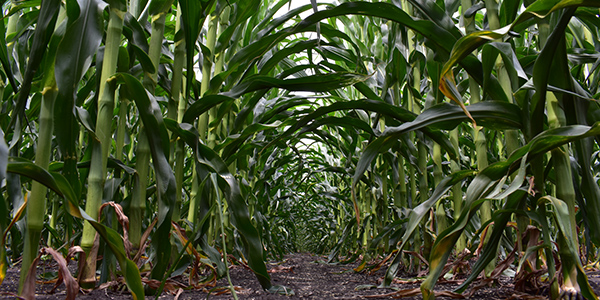Section Title
Crop Germination and Soil Temperatures
- Whole Farm
Soil temperature is one factor that drives germination and seedling emergence. As we approach seeding in Manitoba, there are a couple of key questions regarding soil temperature that need to be considered:
- What is the soil temperature at your targeted seeding depth?
- When should soil temperature be measured?
The following are the minimum temperatures needed for germination to begin in various crop types. Since germination depends on a variety of other factors, these numbers should be considered approximate. However, if soils are too cold, germination will be delayed and cause uneven or poor emergence.
| Crop | Temperature (°C) |
|---|---|
| Wheat | 4 |
| Barley | 3 |
| Oats | 5 |
| Corn | 10 |
| Canola | 5 |
| Flax | 9 |
| Sunflower | 6 |
| Edible Beans | 10 |
| Peas | 4 |
| Soybeans | 10 |
Information sourced from: North Dakota State University Extension Service, Alberta Agriculture and Forestry, and Canola Council of Canada.
To get an accurate measure of soil temperature, targeted seeding depth needs to be considered. Your soil thermometer should be placed at that depth, and two measurements should be taken. The first measurement should be taken in the morning (8 am) and the second in the evening (8 pm). The average of these two readings provides a daily average soil temperature. Take readings over a period of 2-3 days to establish a multi-day average and measure several locations in the field to account for variability.
Soil temperature data for various locations across MB can be found here. This is a great resource for getting a general idea of soil temperatures in your area, but of course, in-field measurements are going to give a better picture of what is happening in your field.









